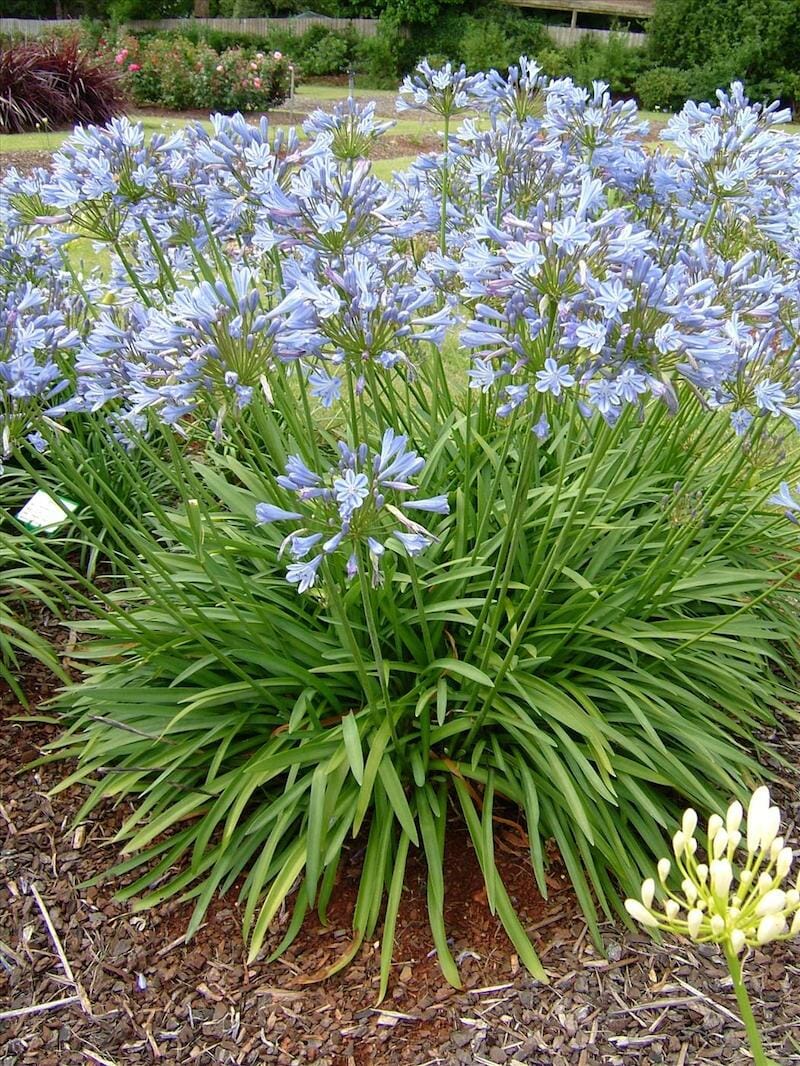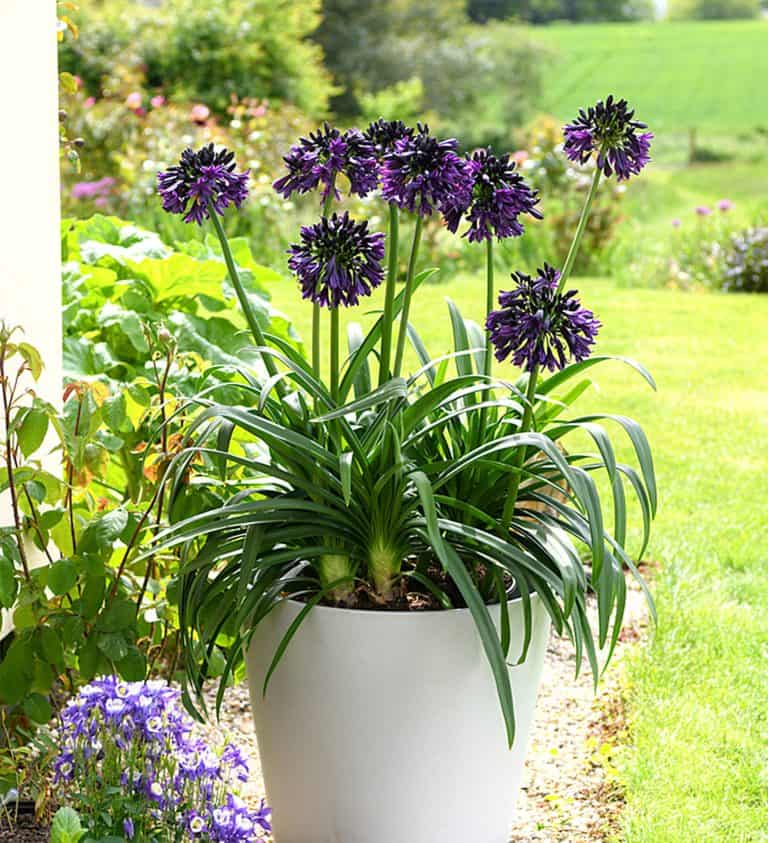Understanding the Art of Agapanthus Treatment: Necessary Steps for Healthy Growth and Lively Flowers
In the realm of horticulture, the growing of agapanthus stands as a fulfilling venture for those that look for to support these sophisticated blooming plants. With their striking flowers and stylish vegetation, agapanthus has actually captured the focus of gardeners worldwide. Nevertheless, accomplishing optimum development and vivid blooms needs a nuanced approach that encompasses various important steps. From picking the appropriate selection to mastering trimming strategies, the journey towards cultivating flourishing agapanthus plants is complex and holds the crucial to opening the complete capacity of these agricultural gems.

Picking the Right Agapanthus Selection

When choosing the ideal Agapanthus selection for your garden, think about aspects such as environment viability, blossom shade, and growth behavior. Agapanthus, generally referred to as Lily of the Nile or African lily, comes in a range of shades ranging from shades of purple and blue to white. Choose a bloom color that enhances your existing garden combination to create an unified landscape. Additionally, take into consideration the climate in your area to make sure the Agapanthus selection you select can prosper in your certain problems. Some ranges are a lot more forgiving of chilly temperatures, while others choose warmer climates. Recognizing the development routine of different Agapanthus varieties is important for proper placement within your yard. Some ranges have a clumping growth practice, ideal for containers or borders, while others have a more dispersing nature, ideal for ground cover or mass plantings. By meticulously examining these elements, you can pick the best Agapanthus selection to boost the elegance of your yard.
Suitable Planting Problems
Taking into consideration the optimum ecological requirements is crucial for successful Agapanthus farming. Agapanthus plants are sensitive to cool temperature levels and should be shielded from frost during wintertime months.
To make sure healthy and balanced development and lively blooms, plant Agapanthus light bulbs at a deepness of about 2-4 inches and room them 8-12 inches apart. Mulching around the base of the plants aids retain dampness and reduces weed development.
Watering and Fertilizing Tips
Keeping appropriate dampness levels and offering essential nutrients are vital elements in the care regimen for Agapanthus plants. When it comes to sprinkling Agapanthus, it is vital click here now to strike an equilibrium. These plants choose regularly damp soil however are vulnerable to root rot if overwatered.
Fertilizing Agapanthus is necessary for advertising healthy and balanced growth and prolific blooms. Use a balanced plant food, such as a 10-10-10 formula, in the very early springtime as brand-new development emerges. By following these watering and fertilizing tips, you can ensure your Agapanthus plants thrive and create dynamic, lasting flowers.
Trimming Techniques for Agapanthus
Trimming Agapanthus plants at the proper times and with appropriate techniques is critical for maintaining their wellness and promoting optimal development site and flowering. The optimal time to prune Agapanthus is in late winter months or very early spring prior to brand-new development emerges.
For flowered stems, wait up until the blossoms have actually withered and afterwards cut them back to the base. This not just tidies up the plant's appearance but also motivates the advancement of new blossom buds. Deadheading spent blossoms can likewise redirect the plant's power right into producing more flowers instead of establishing seeds. Nevertheless, if you intend to gather seeds for propagation, leave some blossoms to mature and completely dry on the plant.
Keep in mind to use clean, sharp devices to make precise cuts and decrease the risk of presenting conditions. Agapanthus. Routine pruning will assist keep your Agapanthus looking healthy and neat while making certain a plentiful display of lovely blossoms
Managing Usual Pests and Illness
After guaranteeing proper pruning techniques for Agapanthus, it is vital to resolve usual bugs and diseases that can impact the health and vigor of these plants. One typical bug that impacts Agapanthus is the Agapanthus gall midge.
Additionally, Agapanthus plants can experience from root rot if they are grown in badly draining dirt. By being vigilant and taking punctual action against diseases and pests, you can aid your Agapanthus plants grow and produce vibrant blossoms. Agapanthus.

Final Thought
Finally, grasping the art of agapanthus care includes choosing the appropriate range, offering optimal planting problems, correct watering and fertilizing, appropriate pruning strategies, and resolving usual bugs and illness. By complying with these vital steps, you can guarantee healthy and balanced development and vivid blossoms for your agapanthus plants. Keep in mind to frequently check and preserve your plants to promote their overall additional hints well-being and durability.
To guarantee healthy and balanced development and vivid blossoms, plant Agapanthus bulbs at a deepness of concerning 2-4 inches and area them 8-12 inches apart. By complying with these watering and feeding tips, you can guarantee your Agapanthus plants thrive and generate lively, long-lasting blossoms.
One typical bug that affects Agapanthus is the Agapanthus gall midge. Additionally, Agapanthus plants can endure from root rot if they are planted in poorly draining soil. By complying with these important actions, you can ensure healthy and balanced growth and lively flowers for your agapanthus plants.